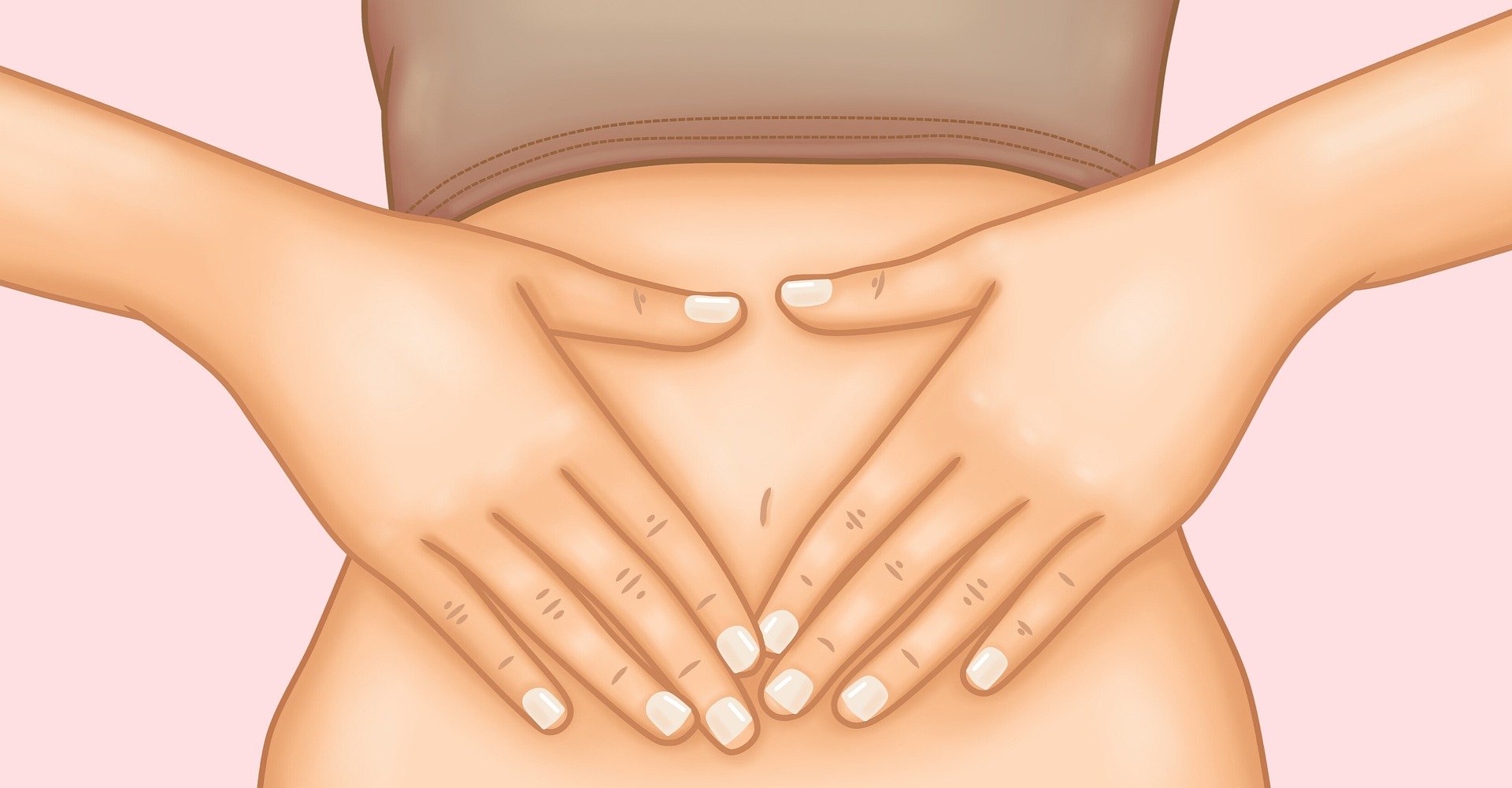How to rotate insulin injection sites

When you inject insulin, it’s tempting to hit the same sweet spot. Mine is lower abdomen, right-hand side, which I’ve abused for a long time. You need to be careful because repeatedly hitting the same injection site can cause lipodystrophy. In this condition, fat either builds up or breaks down under the skin. The result is fatty lumps or indentations that can interfere with insulin absorption. It also looks kind of gross – a quick internet search will throw up some offputting images – so it’s best avoided.
Even if you think you’re hitting random sites by estimating, as I’ve been doing up until now, we know for a fact that humans are terrible at randomness. Our estimations are typically off the mark, and when we generate random numbers, we hit the same ones way too often. It’s a problem that would apply to insulin injections and attempting not to hit the same spots without following a system.
As part of my better me plan for the new year, I decided to use an organized schedule for my insulin injection sites. The idea is to switch to a new spot every week, thus giving the old one time to heal. You can inject insulin into any place on the body that has some fat on it, so the upper arms, abdomen, upper buttocks, and the upper outside of the thighs. The abdomen has the fastest absorption rate, which is why it’s the preferred injection site for many diabetics.
For injection sites, I’ve settled on four abdominal ones, above and below the belly button and right and left side, for mealtime insulin. In addition, I intend to give injections into the thighs a try which adds another two sites. I always pre-bolus insulin by 20-30 minutes before eating when injecting into the abdomen, so I’ll probably have to increase this timeline when injecting into my thighs. As always in diabetes, it’s a trial and error process to find the solution that works best for you. I inject basal insulin into my buttocks, which are pretty large, so there’s plenty of real estate. For now, I’ll stick with changing sites once a week.
I’ve read that there’s a close link between lipodystrophy and reusing needles. In theory, you should use a fresh needle for every injection, but I think few diabetics do. I change all my needles once a day which keeps them from going blunt. You notice when a needle is past its use-by date when it no longer slides in easily. In my experience, this happens after using it more than 3-4 times, so I try to stick with that number. I came across an in-depth report on needle reuse which states that excessive reuse, or more than seven times, is associated with breaking off of the microscopic tip of the needle. The medical consequences of embedded metal tips are unknown at this time, so seven would be the definite cutoff point.
My new injection rotation schedule leaves a full five weeks for every injection site to heal. That should be ample time and hopefully protect me against lipodystrophy in the future.
One Response
Leaving needles on insulin pens can also lead to air being drawn into the pen, which can be extremely dangerous if you accidentally inject into a blood vessel